-- Page 2--
On April 14th, 2010 my son-in-law Blair, his dad Rick, uncle Gene, and I
traveled to Utah's
west desert to explore and on the way we took pictures of these two charcoal
kilns or ovens.
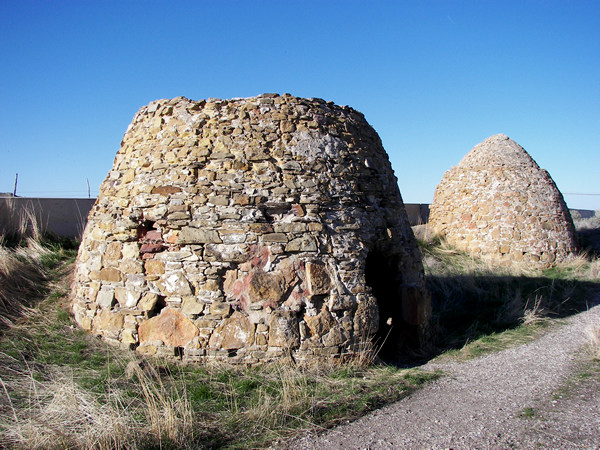 |
They are at: 39° 32.389' N. 112° 14.854'
W. elevation 6845 feet.
You can't miss them if you're traveling between
Nephi and Leamington on highway 132.
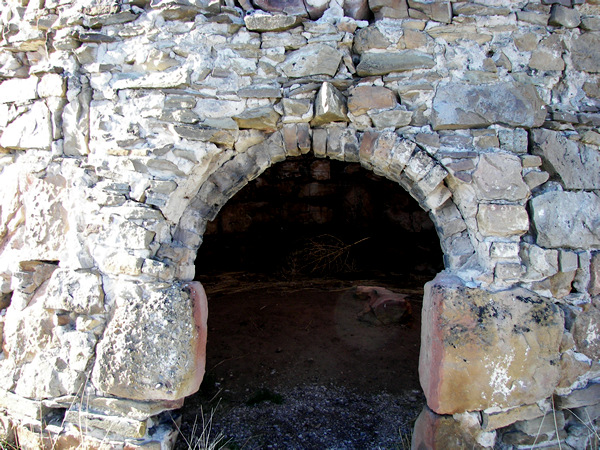 |
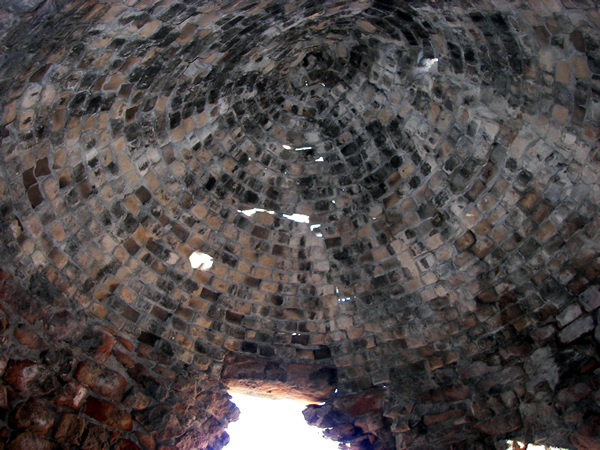 |
The following plaque gives details about the use of these ovens.
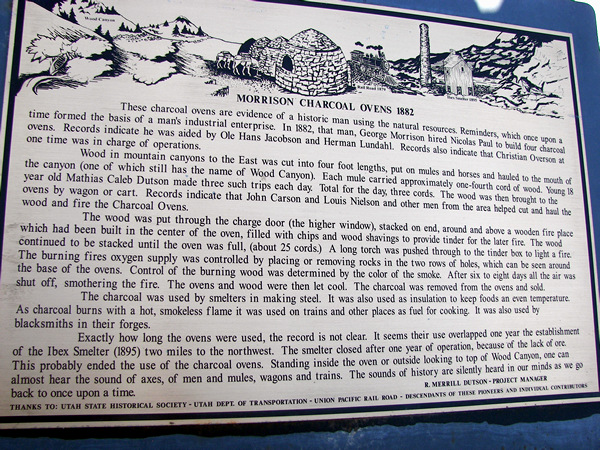 |
The picture below is of a lime kiln in Dry Fork Canyon. There are two in close
proximity to each other
beside the canyon road. Lime was and is used for masonry but was also used
by the Spaniards as a flux
agent in the processing of ore, both gold and silver. Several years ago I
also found the remains of a silver
smelter about a mile up the canyon from this lime kiln.
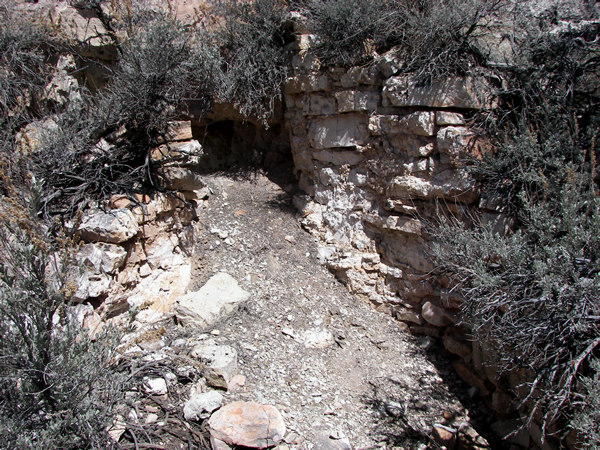 |
The one shown here is at:
40° 33.951' N. 109° 41.394' W. elevation 6644 feet.
Next we will discuss smelters and how I've learned to tell them apart from
ovens.
One of the obvious differences between the various furnace types is their
shape.
There are other differences as well...some I may not have noticed yet.
A close friend sent me the next two pictures because his better fit the #1
difference I'm trying to site.
Below is an image of an ore processing smelter located on Pole Creek.
 |
Here is a close-up of the glaze on the rocks. Usually this is what we find
at gold and silver smelters.
This is the same style of glaze I found at a smelter site in Dry Fork Canyon
and when I had the glaze
tested it assayed high in silver which indicates it was a smelter used for
processing ore high in silver,
or in-other-words it was a silver smelter...not charcoal...and not lime...but
silver.
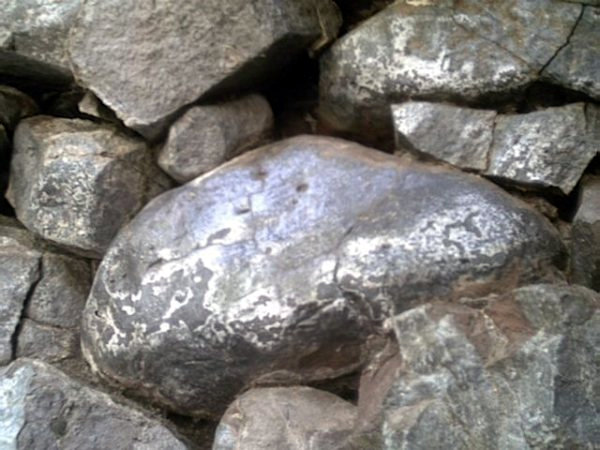 |
While you're out exploring I hope this information will be helpful in determining
the history
of the area when you find a smelter, oven, or kiln.